Staying Sane in Hard Times Requires a Little Fun
The pandemic has been messing with our minds and bodies for almost a year now and, instead of getting better little by little it’s getting worse all of a sudden. What are we supposed to do? I suggest that our first priority be to stay alive, by taking advantage of all the pertinent survival measures. You know what they are. Just apply them rigorously to yourself and your loved ones. Here in Spain we’re entering into the “third phase,” which promises to be the most virulent.
What lauched the virus’s latest improvement at the end of last year was the sentimentalism of the Navidad familiar, the family Christmas. How many grandparents were sacrificed to those joyous holidays. That period of Christmas cheer and deadly danger are even more dangerous here, as the Spanish celebrate 14 days of Christmas, from December 24, when they have their Christmas dinner, till January 6, the Epifany, when the los Reyes Magos, Melchor, Gaspar and Baltazar (The Three Wise Men) bring the children’s gifts. All of which doesn’t make much sense since the kids don’t get their presents until the day before they go gack to school. Perhaps this explains the rising popularity of Papá Noel (Santa Klaus, Father Christmas) here. He delivers more than two weeks in advance.
What’s Next Then?
If you’re reading this you have probably gotten through the joyous season alive. What next? As I see it, what’s next depends largely on you. In the case of my husband, Mike and me it revolves around three things: a project (or more than one), a sense of humor and an appreciation of simple pleasures. And I almost forgot the fourth factor: a loving pet, even if it’s your husband. I’m lucky enough to have both, and they’re both capable of making me laugh and cry.
We each have our own projects. He writes and makes photographs, and also cuts firewood. I’m painting a couple of portraits and working on my favorite-recipes portfolio of prints. We share the housework. Mike does the ironing, says it’s like meditation. I’m so glad he feels that way. I’m still cultivatinge flowers and vegetables in boxes. I’ve always had lots of flowers in the garden and loved them, but these little pansies and lettuces, the tomatoes and kale plants, and the tiny little pea plants, are something different. For one thing they’re mostly up on tables and walls, so they’re closer and you don’t have to bend down to tend them–and appreciate them close up. In all it’s a lot of fun. If you don’t have a garden, you can still do it on your porch or window ledges. Just wait till you cut the first frilly leaves of kale to adorn the top of a bean stew. Then you’ll understand.
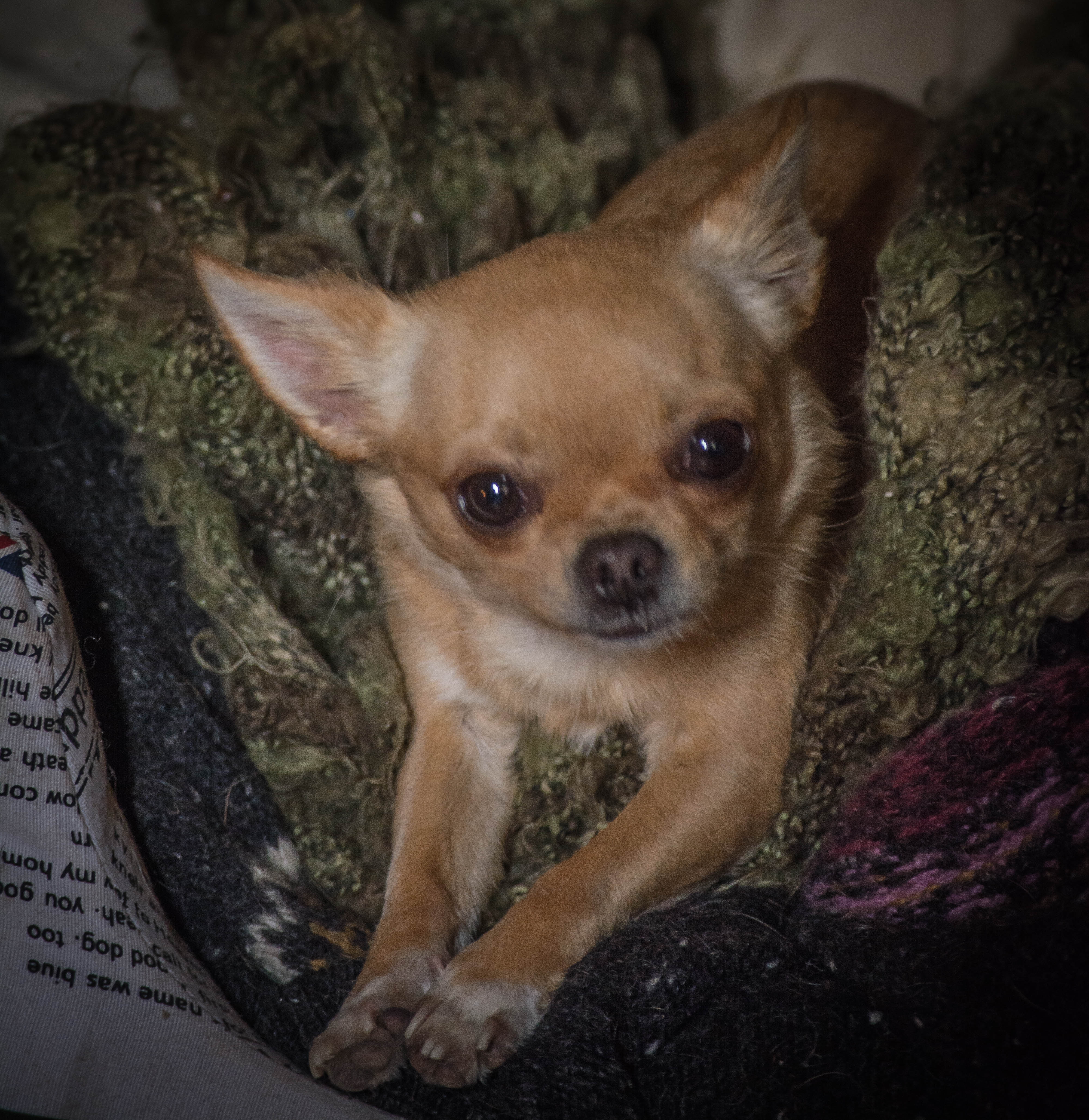
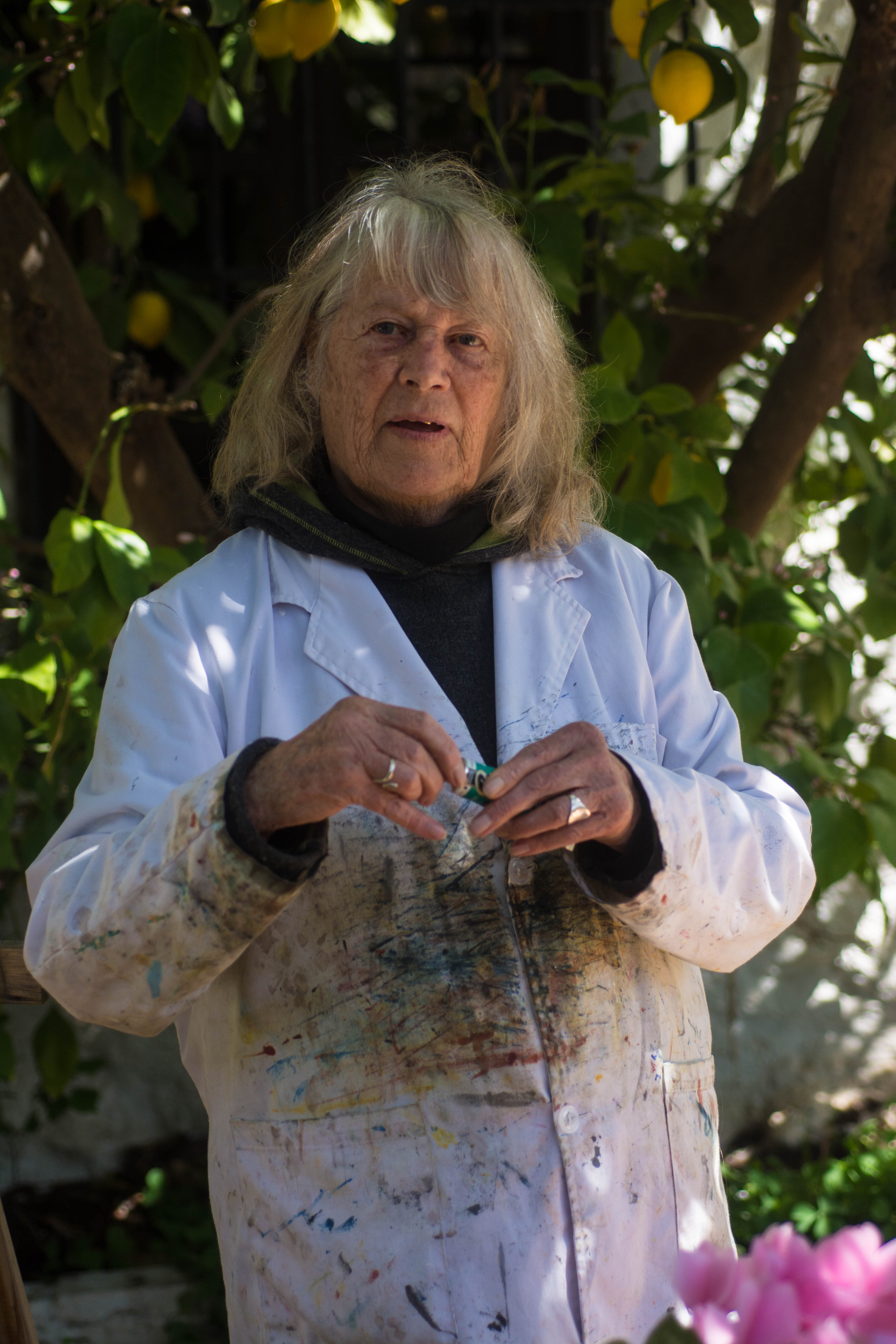
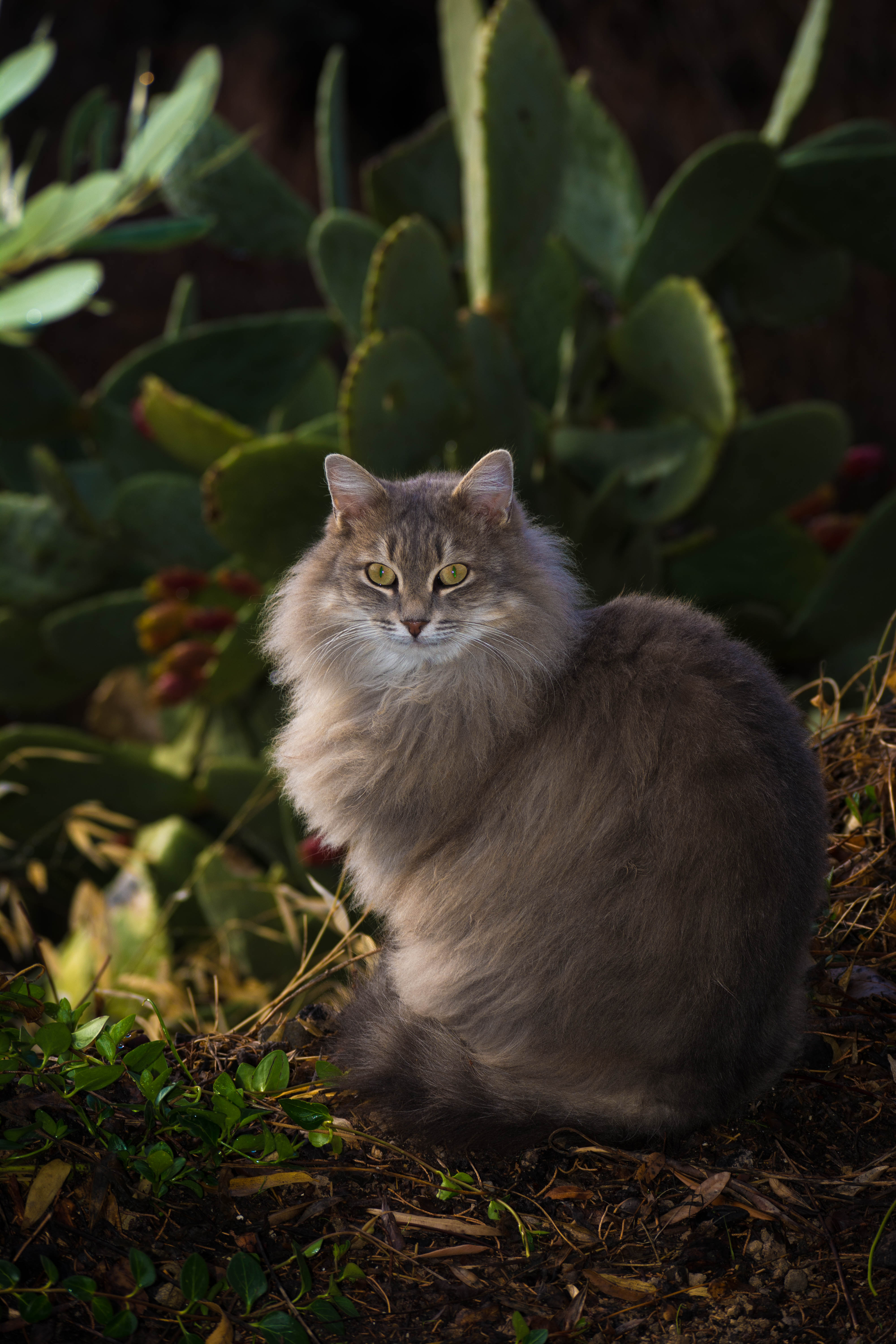
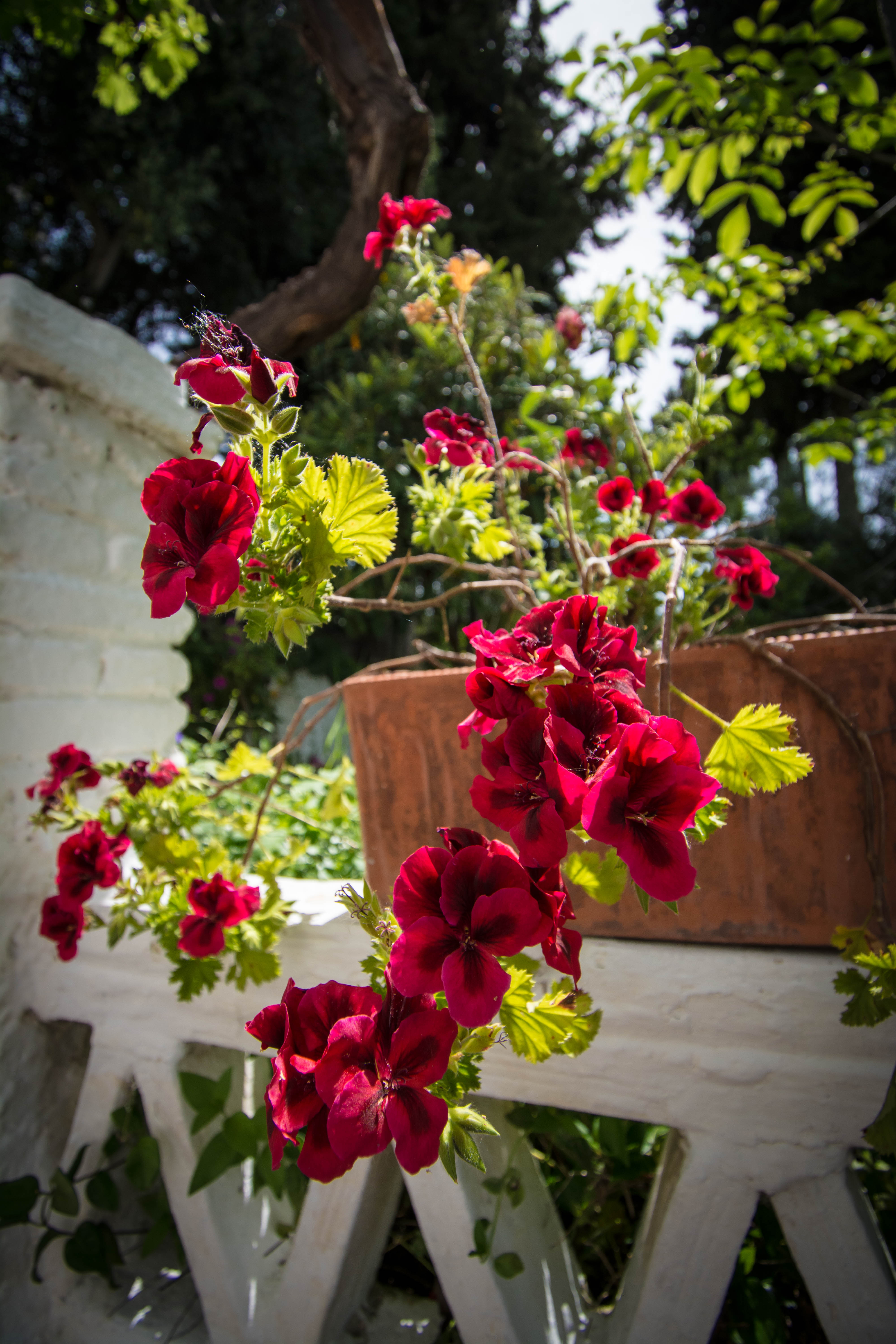


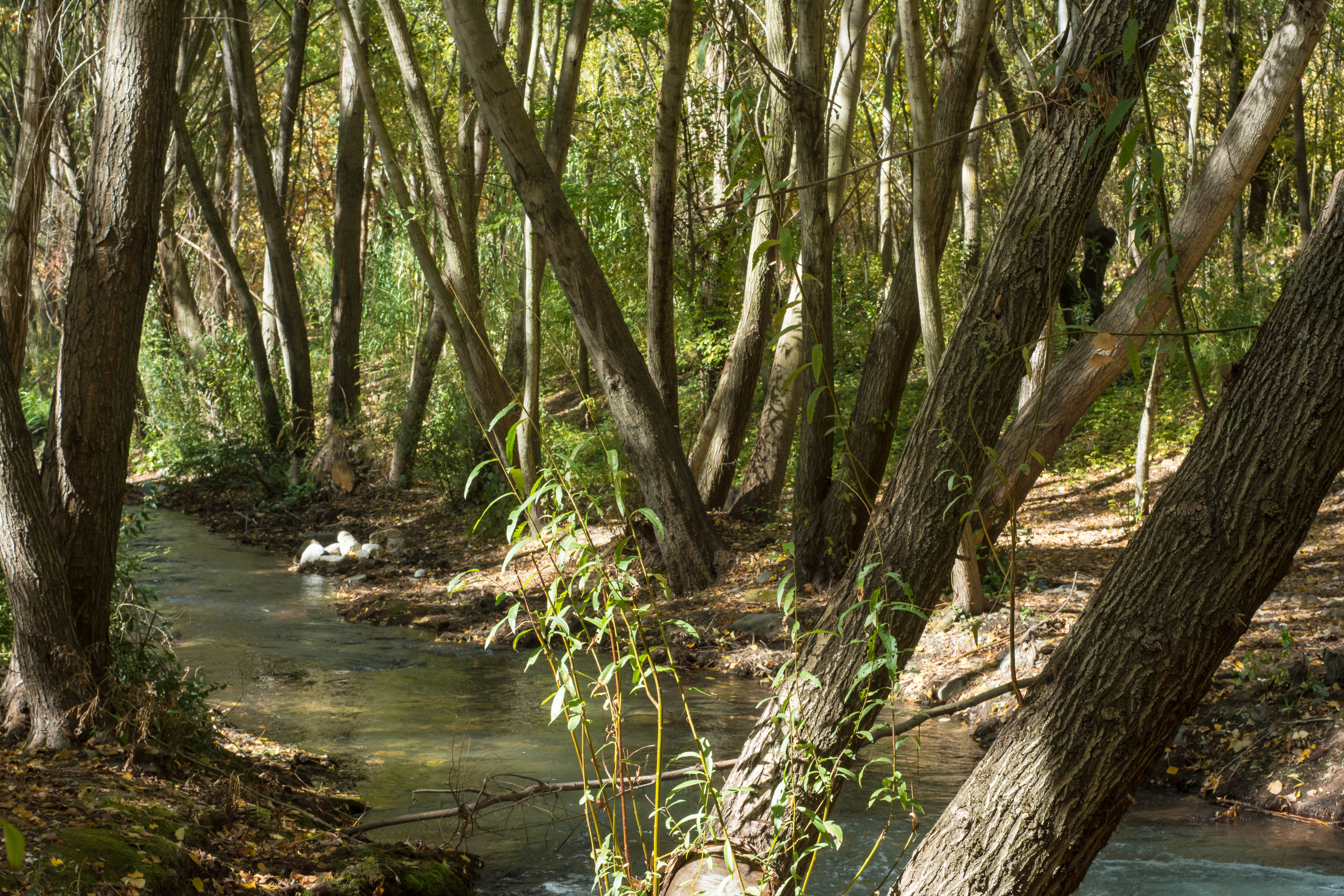







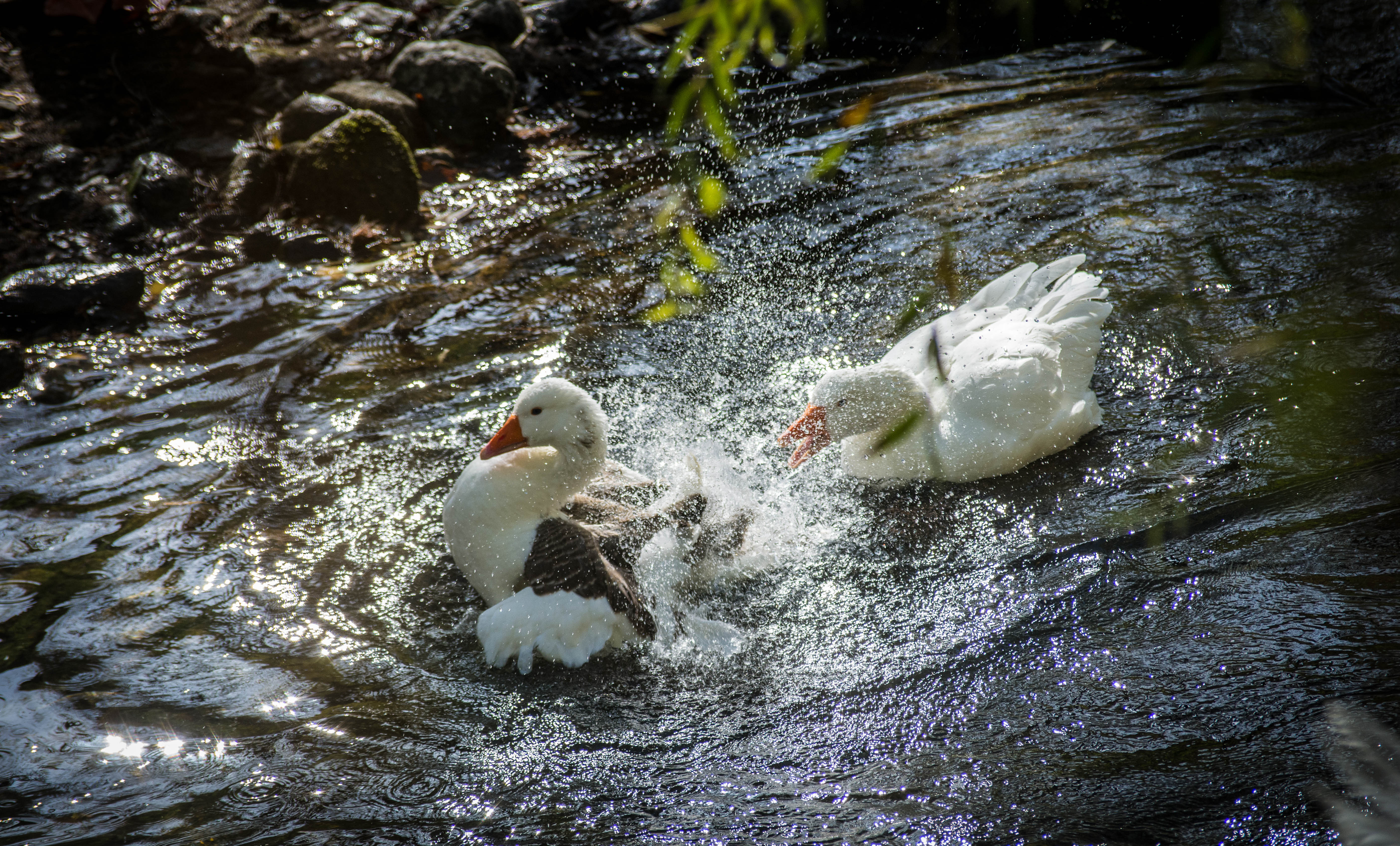
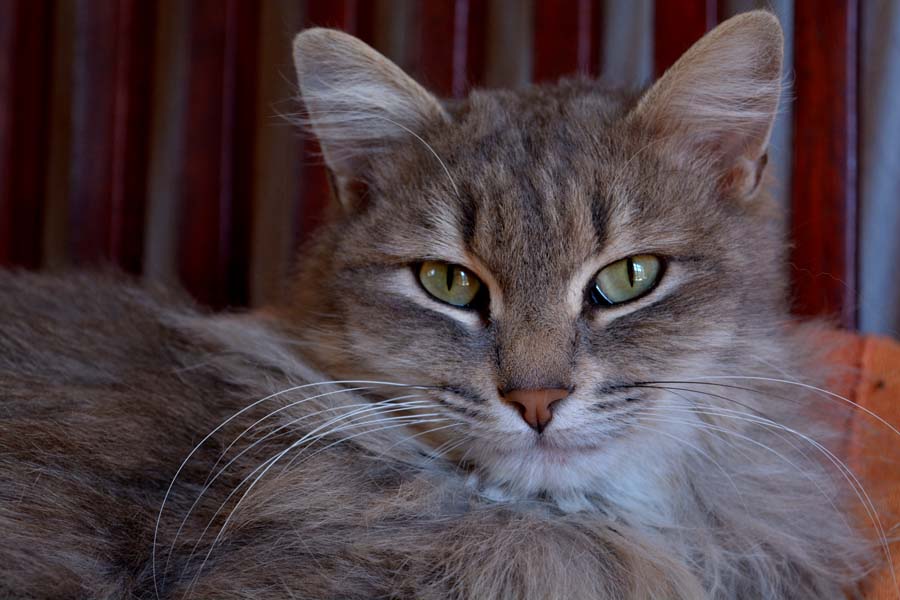
Necessary Diversions
Before I forget, I want to mention the joy of Internet. It’s getting a lot of bad press lately because of sinister interests taking unfair advantage of its wonders. Even so, I consider it a blessing for mankind, especially during stressful times. It enables us to maintain contact–immediate personal contact–with family and friends regardless of distance. That is so enriching. And, as you probably have some time on your hands, it permits you to renew your contacts with friends from the old days, or even find new friends whom you find charming on the Web. Not to mention Google and Wikipedia, which make everything instantly look-upable. Think about it for a minute. How did we ever live without these two miraculous research resources? They make us so much smarter. And let’s not forget You Tube and its endless music offerings, and its wonderful documentaries.
As I mentioned in a previous post, we also get a lot of fun from cooking. As we go shopping much less frequently we often find ourselves short of ingredients, so we have to improvise, You can substitute apples or kiwis for tomatoes in a salad just fine.That shortage of ingredients also inspires creative cooking. The results aren’t always fully successful but usually they are. We made a delightful discovery lately. The little woodstove in our kitchen has a shallow compartment at the top, under the lid, where we found we can roast squash, potatoes, sweet potatoes and, mmm, apples. The other day we roasted half a chicken with sage and onion stuffing. That wasn’t bad, either. Does all of this good cooking put on weight? Hmm, yes.
The Essential Medications–Walking, Laughing and Helping
We do get a bit of cabin fever. That’s where a sense of humor is essential. If you can still laugh you’re probably going to be OK. We also try to get in an hour’s walk every day. That’s good for everything that might be wrong with you. We’re lucky to have a lovely walking path along the river (Río Genil) that runs below our house, through the village and on to Granada.
Another thing that will brighten your days is helping people out. Everybody has needs these days and there’s always something you can contribute, even if it’s only a sympathetic ear. We’ve got a big lemon tree we planted outside the kitchen window many years ago and now it bears so many lemons during six months a year that there is no way we can use them all, even though I make tons of our grandchildren’s favorite pancake and toast topping: lemon cheese, or do you call it “lemon curd?” Mike picks the extra lemons from time to time, puts them in bags and drops them off at our neighbors’ doors. He also leaves them at the bars and restaurants in our village.
We have a lot of bars for the size of our little town (pop. 1,250) because it’s a popular place during most of the year for people from the city which is just 8 km. (5 miles) down the road. They come out for the cool on summer evenings and the hearty food in winter. This local tourism started a few decades ago when a forward-thinking (or lucky) mayor dropped some ducks in the river where it passes through the town square. Soon the granadinos started bringing their children out to feed them dry bread (the ducks, not the kids.) Once the families got here they discovered a local bar whose owner, Marina, served up a powerful plate of arroz caldoso, the local-style juicy paella. Now we have 8 or 10 bars and restaurants and they all serve something. Today our river is full of big, beautiful white geese.
It’s a Winter Holiday
Did I mention that in wintertime, when I seldom have artists coming, we move into my Gallinero artists’ cabin at the end of our garden? It’s a lot cozier than our old stone house and easier to heat. It’s also quieter and has better views from its little terrace. In a way staying here is like being on holiday. We like it a lot except for the normal-size bed which is a bit too small for Cuca, Diva and Bundy to fit in with us comfortably. It’s a constant battle for space. Never mind, whatever inconvenience they cause, they more they make up for it in laughs, especially the chihuahua, Diva, the 4.5-pound (2.1-kilo) tyrant of the house. All in all, no complaints.
So take the best possible care of yourselves, don’t forget to laugh and, if you like, send me the stories of your own projects and I’ll post them here. And don’t forget that you and I have something in common. We all belong to the ideal world of painters and printmakers, which is a unique space of wonderful people, just for us.
Big Spanish-style hugs and kisses from Maureen.
###
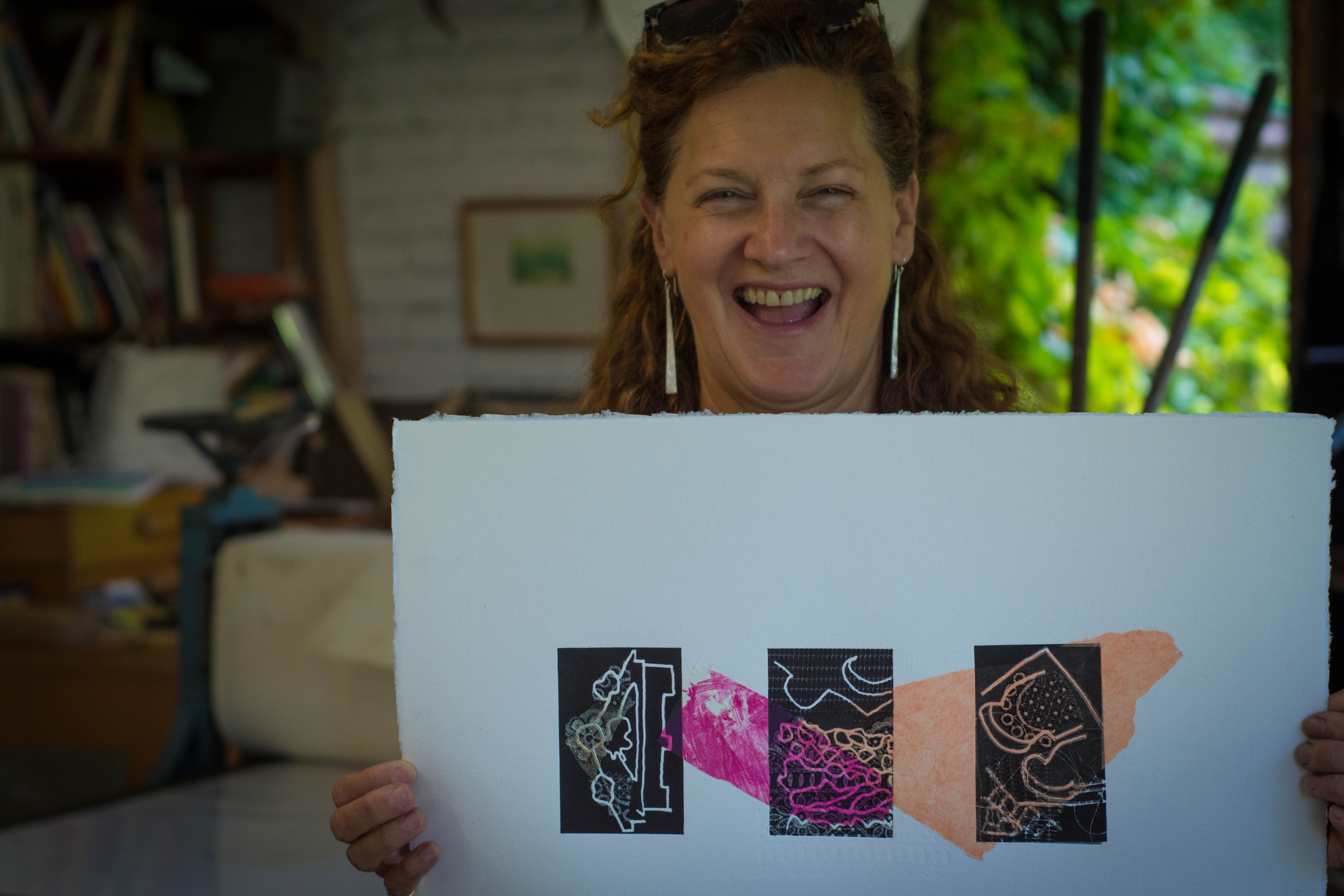

















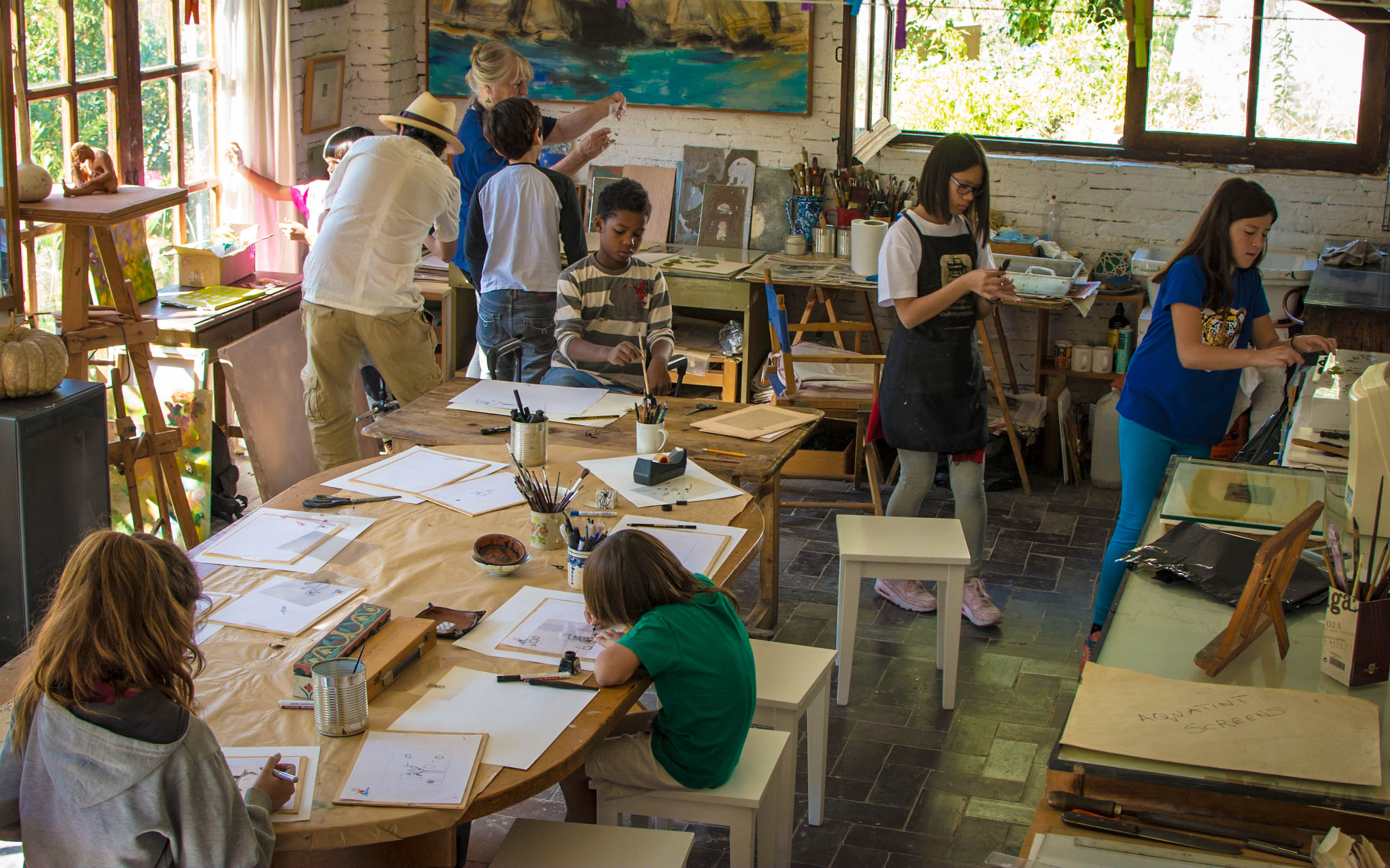
























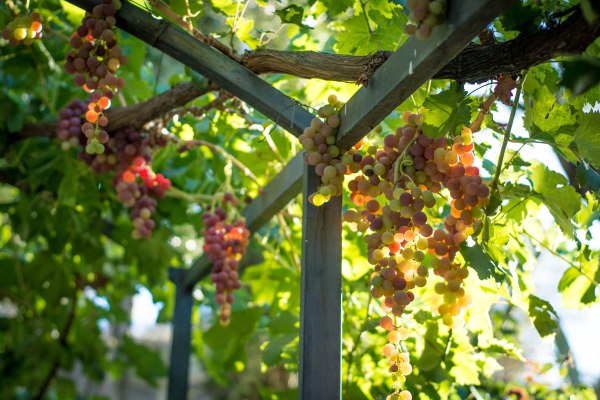






















































































































































 .
.






